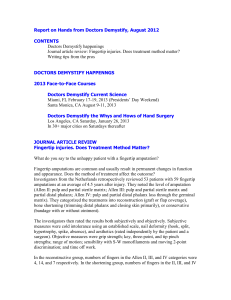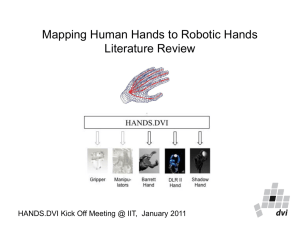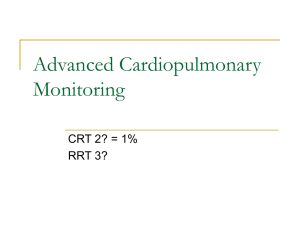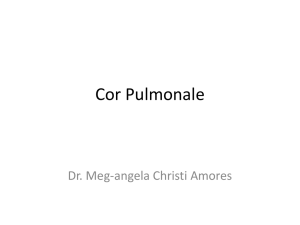Classification criteria for Scleroderma
advertisement
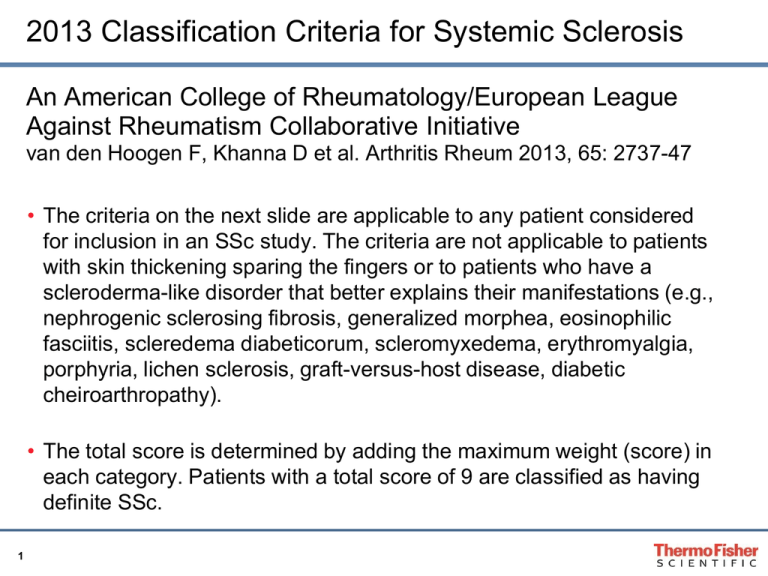
2013 Classification Criteria for Systemic Sclerosis An American College of Rheumatology/European League Against Rheumatism Collaborative Initiative van den Hoogen F, Khanna D et al. Arthritis Rheum 2013, 65: 2737-47 • The criteria on the next slide are applicable to any patient considered for inclusion in an SSc study. The criteria are not applicable to patients with skin thickening sparing the fingers or to patients who have a scleroderma-like disorder that better explains their manifestations (e.g., nephrogenic sclerosing fibrosis, generalized morphea, eosinophilic fasciitis, scleredema diabeticorum, scleromyxedema, erythromyalgia, porphyria, lichen sclerosis, graft-versus-host disease, diabetic cheiroarthropathy). • The total score is determined by adding the maximum weight (score) in each category. Patients with a total score of 9 are classified as having definite SSc. 1 2013 Classification Criteria for Systemic Sclerosis Item Sub-item(s) Weight/ Score – 9 Skin thickening of the fingers of both hands extending proximal to the metacarpophalangeal joints (sufficient criterion) Skin thickening of the fingers (only count the higher score) Puffy fingers Sclerodactyly of the fingers (distal to the metacarpophalangeal joints but proximal to the proximal interphalangeal joints) 2 4 Fingertip lesions (only count the higher score) Digital tip ulcers Fingertip pitting scars 2 3 Telangiectasia – 2 Abnormal nailfold capillaries – 2 Pulmonary arterial hypertension and/or interstitial lung disease (maximum score is 2) Pulmonary arterial hypertension Interstitial lung disease Raynaud‘s phenomenon SSc-related autoantibodies (anticentromere, antitopoisomerase I [anti-Scl-70], anti-RNA polymerase III) (maximum score is 3) 2 For definitions of items/sub-items see next slide – Anticentromere Anti-topoisomerase I Anti-RNA polymerase III 2 2 3 3 Definition of items/sub-items Item Definition Skin thickening Skin thickening or hardening not due to scarring after injury, trauma, etc. Puffy fingers Swollen digits — a diffuse, usually nonpitting increase in soft tissue mass of the digits extending beyond the normal confines of the joint capsule. Normal digits are tapered distally with the tissues following the contours of the digital bone and joint structures. Swelling of the digits obliterates these contours. Not due to other causes such as inflammatory dactylitis. Fingertip ulcers or pitting scars Fingertip ulcers or pitting scars Ulcers or scars distal to or at the proximal interphalangeal joint not thought to be due to trauma. Digital pitting scars are depressed areas at digital tips as a result of ischemia, rather than trauma or exogenous causes. Telangiectasia Telangiectasia Telangiectasiae are visible macular dilated superficial blood vessels, which collapse upon pressure and fill slowly when pressure is released. Telangiectasiae in a scleroderma-like pattern are round and well demarcated and found on hands, lips, inside of the mouth, and/or are large mat-like telangiectasiae. Distinguishable from rapidly filling spider angiomas with central arteriole and fromdilated superficial vessels. Abnormal nailfold capillary pattern consistent with systemic sclerosis Enlarged capillaries and/or capillary loss with or without pericapillary hemorrhages at the nailfold. May also be seen on the cuticle. Pulmonary arterial hypertension Pulmonary arterial hypertension Pulmonary arterial hypertension diagnosed by right-sided heart catheterization according to standard definitions. Interstitial lung disease Pulmonary fibrosis seen on high-resolution computed tomography or chest radiography, most pronounced in the basilar portions of the lungs, or occurrence of “Velcro” crackles on auscultation, not due to another cause such as congestive heart failure. Raynaud‘s phenomenon Self-reported or reported by a physician, with at least a 2-phase color change in finger(s) and often toe(s) consisting of pallor, cyanosis, and/or reactive hyperemia in response to cold exposure or emotion; usually one phase is pallor. SSc-related autoantibodies Anticentromere antibody or centromere pattern seen on antinuclear antibody testing, anti– topoisomerase I antibody (also known as anti–Scl-70 antibody), or anti–RNA polymerase III antibody. Positive according to local laboratory standards. 3



